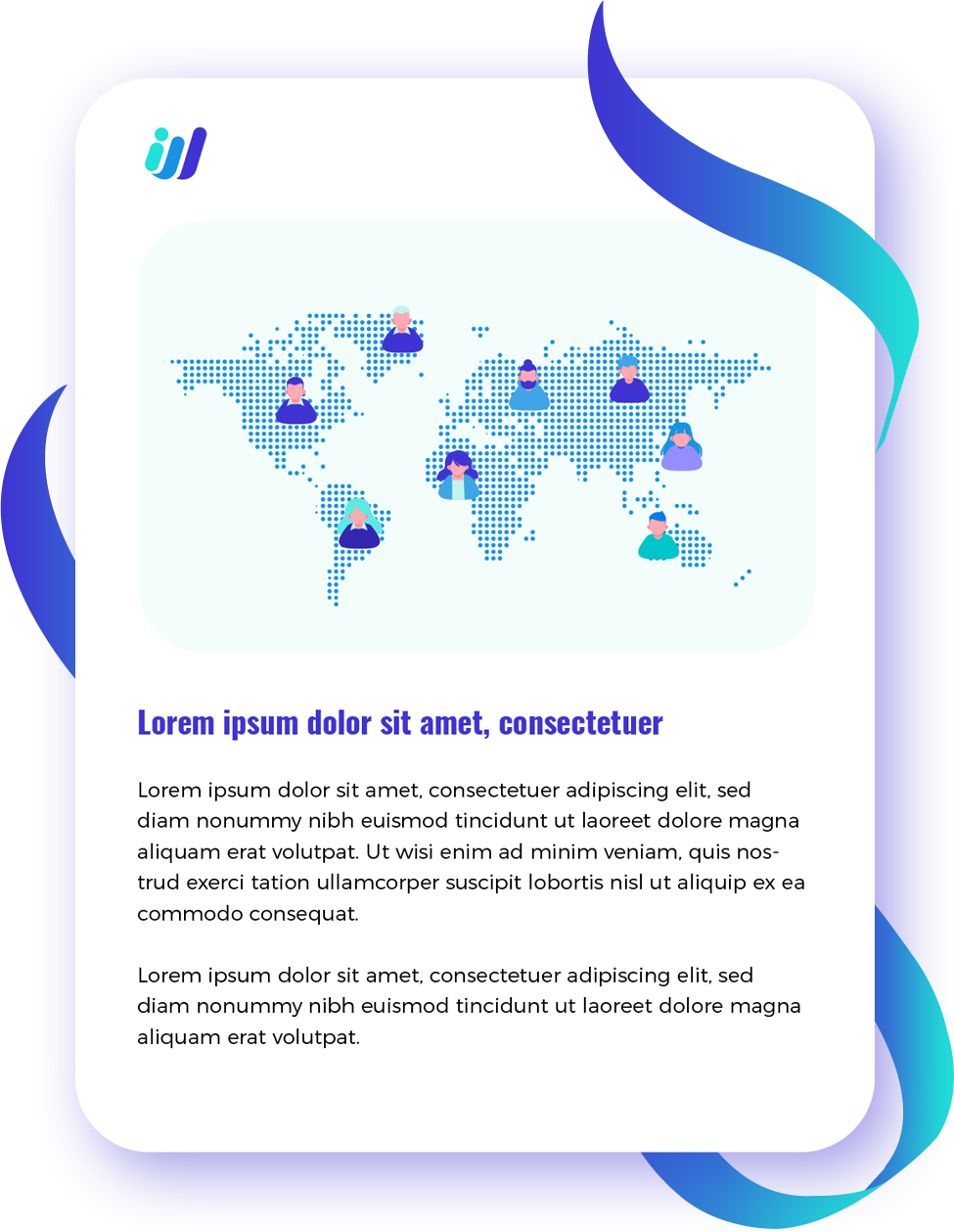What do successful leaders and business owners have in common? All of them emphasize the importance of recruitment. To get the best people, you need to understand a few things about recruiting. There are many companies that fail or remain average due to poor recruitment knowledge, processes, or people.
Here are the top reasons why you’re failing at finding the best talent:
1. You Don’t Know What You’re Looking For
For HR professionals, talent recruitment is just one of a multitude of competing priorities. In most cases, recruiting doesn’t rise to the top of the pile until there is an urgent need for staff, such as an imminent opening. The company should create a job description and post the position as soon as possible. In other words, what are most professionals doing? Copy and paste a generic job description from Google into their job posting.
However, this approach is ineffective and problematic for the following reasons:
The description created by another organization cannot accurately describe the responsibilities of the position at your company, so you are unlikely to find an exact match for the role.
You may find any description you find online has been copied and rewritten repeatedly until it is a watered-down version that has little practical value in a real-world corporate environment, let alone in yours.
In essence, you’re looking for someone who can do the same job at another company. The good news is, you can always refer that individual to the other firm if they fail in your organization.
In order to write an effective job description, you should begin by considering the needs of your organization. Investigate the specific tasks, functions, and responsibilities of the current position. Interview the top performers in the role and their supervisors. Then identify their common traits and qualifications, and craft the job description accordingly. It is important to remember that a job description should describe what the employee is supposed to do.
2. You Make Assumptions
On job boards, recruiters assume that the candidates available represent their entire talent pool. For them, the stack represents a scale, with 10s representing the best candidates and 1s representing the least qualified candidates. The assumption that job boards include the entire universe of employee quality, however, is naive and dangerous. In reality, things look very different.
Most of the job board talent pool is at the low end of the spectrum – primarily 2s to 4s, with a few 5s and 6s thrown in. The better-quality candidates don’t need to use job boards. It is unlikely that most of them are actively seeking new employment because they already hold satisfying positions.
Take a look around your own organization at the handful of “rock star” employees. Identify their special qualities and qualifications, then create an avatar of your ideal candidate.
Basically, true 10s are unicorns — 8s and 9s who are performing above their abilities at outstanding companies with strong corporate cultures because they are in the right roles. Unless you can recreate those ideal employment conditions within your organization, you can’t expect those candidates to perform like a 10 in your organization.
3. You Overanalyze Resumes
You’ve probably heard the phrase, “don’t judge a book by its cover? ”
The same goes for resumes. By nature, resumes are imperfect, and they do not accurately reflect a person’s experience or capabilities.
Thus, I always advise recruiters and sourcers to scan resumes rather than read them. If you cannot disqualify/rule out a candidate based on their resume in 10 seconds, call them.
Recent research by TheLadders using eye tracking technology while recruiters scanned resume search results indicated recruiters spend an average of six seconds assessing resumes before deciding whether or not a candidate would be a good fit for the position they are sourcing.
Nevertheless, when reviewing resumes in search results, I believe it’s important not to consider if the person would be a good fit for the position you’re sourcing/recruiting. The desire to judge a resume’s suitability for a job opening is natural, but it is important to remember that resumes do not represent the whole person.
Therefore, you should only focus on determining whether you can rule them out based on their basic qualifications. To find out more, you should contact them/email them if you cannot.
I have found that some of the best people have uninspired and lackluster resumes, even if you don’t particularly like a particular resume.
Don’t make assumptions based on a resume – Including whether the person might commute, if they are willing to relocate, if they are open to a contract position, if they have enough experience, that they do not have experience with something simply because it’s not on their resume, etc.
4. You Don’t Prioritize Recruitment
In most organizations, recruiting isn’t a priority. Rather than being proactive, it is viewed as a reactive exercise. In most organizations, talent identification only begins when a vacancy needs to be filled immediately.
Turning this mindset around is the best thing you can do. Promote long-term, strategic recruiting and educate your peers about how a proactive approach can benefit your organization.
To achieve targeted, meaningful results, all you need is 20 minutes a day. Take the following steps for each key role in your company:
- Describe the task at hand.
- Identify the qualities you are looking for in your ideal candidate.
- Research similar roles at other companies.
- Find out who is in those roles at your competitors.
- Establish long-term relationships with those people.
You will make meaningful progress very quickly if you break it down into manageable daily chunks.
Keep a long-term perspective
Recruiting is a long game that many organizations fail to understand. Make the talent search a priority, look beyond the obvious candidates and fully understand the requirements of the positions you’re trying to fill. Take advantage of your company’s human element as its biggest competitive advantage.
Invest just 20 minutes a day, every day, on the right tasks and you will start to see results!
Conclusion
When you want to attract the best hires for your team, you need to be more strategic. Finding top-tier talent is crucial to your organization’s success.
Businesses increasingly outsource to access global talent in order to remain competitive. Outsourcing can help businesses stay ahead of the competition and maximize their potential.
Let us help you find top talents in IT, technical support, digital marketing, and cloud services so you can leverage all the benefits of outsourcing in the new normal. Request a FREE copy of the e-book on Third Wave Outsourcing .



